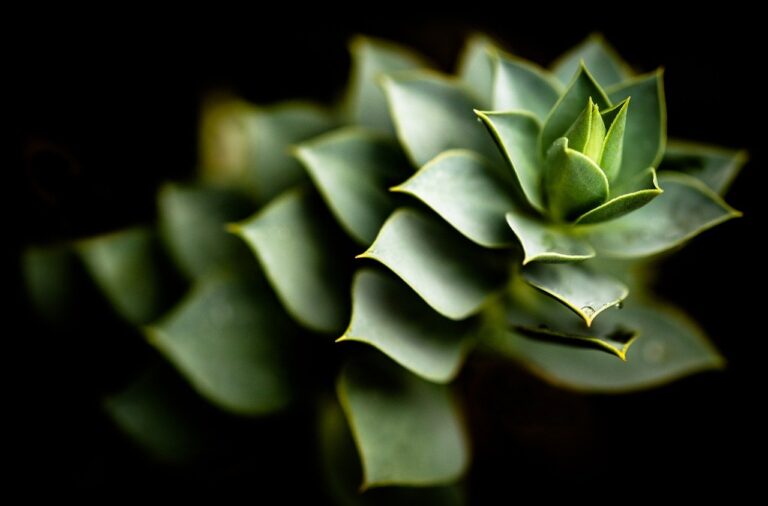There are many different species of cacti (or cactuses) out there. With more and more people across the planet now interested in keeping these plants at home, there is a growing amount of curiosity about where they come from and why they are so different from other plants.
The following facts give us a taste of the spectacular variety of cacti that has captivated plant-lovers for centuries.
The Word Cactus May Have Greek or Latin Origins
The word cactus possibly comes from a Greek word that passed through Latin and eventually changed from kaktos to cactus. It isn’t clear which plant or plants the Greeks were referring to with this name.
However, some sources suggest that kaktos referred to the prickly flower of the artichoke plant rather than a cactus. Other sources provide the Latin word cardoon as being the basis for cactus.
There Are 1,750 Different Species
There are 1,750 known types of cacti in the world. So, picking the right one to fit on your home is as random as online betting on BetAmerica.com. Yet, all but one of them is native to just the Americas. The sole cactus that is found in other parts of the planet is called rhipsalis baccifera and is more commonly known as the mistletoe cactus.
This species is found in the Americas, but it is also native to diverse places such as Sri Lanka and Africa. It isn’t clear how this type of cactus left the Americas, with one theory being that migratory birds or trading vessels carried the seeds with them.
Many People Eat Cactus Plants
The prickly pear cactus produces a sweet and juicy fruit that is widely consumed in Latin America. It is regarded as being a fruit that is rich in fiber and vitamin C but low in calories. This fruit has also gained popularity in places such as the Middle East in recent years.
In Mexico, nopalitos is a commonly eaten food that is made using opuntia pads. The cactus leaves are carefully selected, cleaned, and diced up before being cooked in a variety of different ways.
Microchips Are Embedded in Many Saguaro Cacti
It was widely reported in 2018 that many cacti at Saguaro National Park have had microchip ID technology embedded in them. This is a theft deterrent, as visitors have been known to steal these beautiful, giant plants.
Park officials spent some $3,000 to insert chips in around a thousand of the cacti that are most at risk because of their location. If the plant is scanned using a special reader, its status as a saguaro from the park will be revealed.
The Creeping Devil is a Cactus That Moves
One of the most unusual types of cactus is the stenocereus eruca, which is known as the creeping devil. This plant tends to be found in large groups in sandy soil.
The most interesting aspect of this cactus is that it lies horizontally, growing on one end and dying at the other side. This means that the whole plant will move over time, eventually ending up in a completely different spot from where it started out.
Drinking Water from a Cactus Isn’t a Good Idea
You may have seen in the movies that someone stuck in the desert can survive by drinking the water from inside a cactus plant. It is true that there is typically liquid inside them, but it isn’t recommended as a substitute for drinking water.
The liquid inside a cactus is a nasty fluid that is high in alkalis. It is more likely to give you an upset stomach and cause you to vomit than to leave you feeling refreshed. There is just one type of barrel cactus that you can safely drink from.




